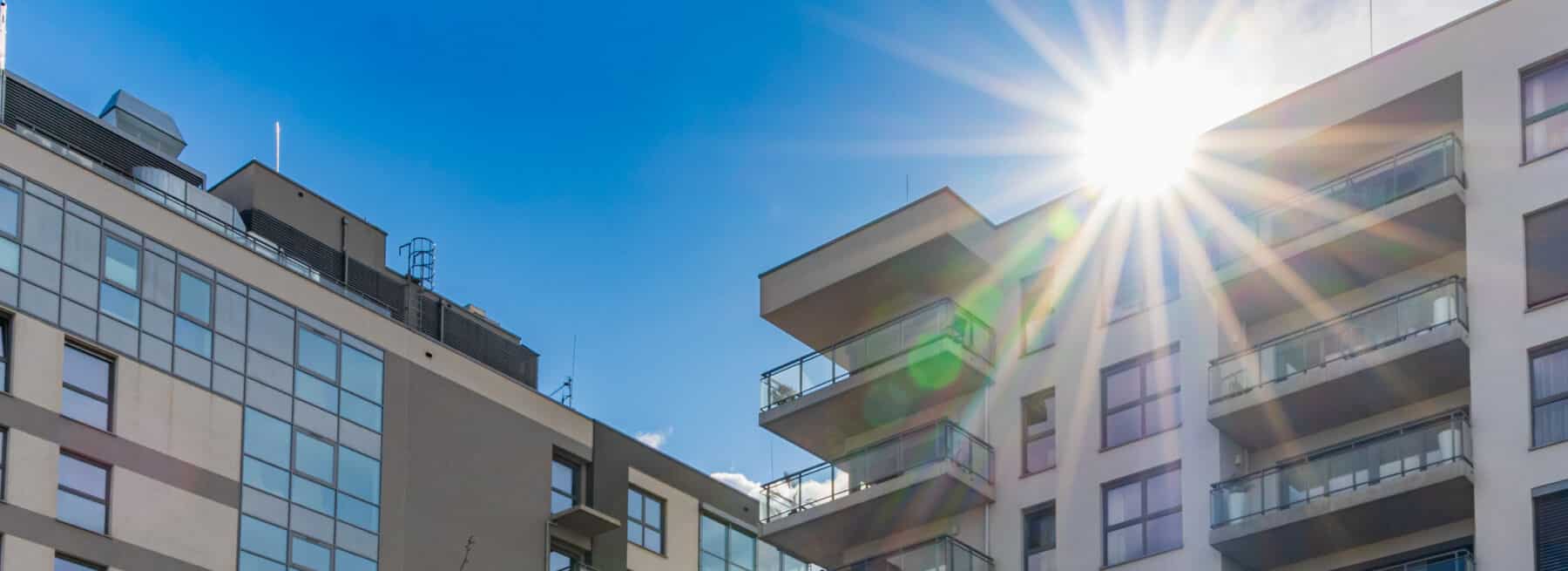The passage of House Bill 837 in Florida, signed into law by Governor Ron DeSantis on March 24, 2023, represents a significant shift and wide-sweeping reform in tort law, particularly impacting the multifamily residential property sector. This legislation, focused on negligent security, introduces a new legal framework that could substantially alter the liability landscape for property owners.
Tort law encompasses most civil suits, providing legal recourse for victims wronged by others’ negligent or harmful actions. This critical area empowers people to pursue justice when they suffer losses from intentional damage or carelessness.
At its core, tort law aims to make victims whole again after enduring hardship wrought by another. Typical remedies include reimbursement for medical costs, lost wages, property damage, pain and suffering, and other demonstrable harms. In some cases, additional punitive damages may be levied to deter malicious behavior.
By forcing wrongdoers to compensate those they have harmed, the tort system ideally balances accountability with relief. Victims regain their financial and personal stability. Meanwhile, negligent parties pay both literally and figuratively. This balanced delivery of justice distinguishes tort law as a cornerstone of civil society- when applied effectively.
The new legislation went into effect right away when it was signed by the Governor. But some parts of the new laws only apply to legal cases filed after the laws went into effect. People with existing insurance contracts will be covered by the older rules.
People expected the bill to pass and for the changes to start right away. So, there was a big hurry to start new lawsuits before the bill became law. This flood of new lawsuits will probably slow things down in the court system for a while, as the court staff deals with all the extra cases.
Other than these delays, the new legislation made some significant changes.
House Bill 837 aims to protect owners of apartments and other multi-family housing from being sued if someone gets hurt while legally on their property. Importantly, the bill makes it harder to sue these property owners if they take certain safety precautions.
Specifically, the bill would create a “presumption against liability.” This means that if an owner checks off all the safety requirements in the bill, courts will assume the owner is not legally responsible for an injury unless strong evidence is provided showing they were actually negligent. So, by following all the rules, owners would have an initial layer of protection against lawsuits over injuries. The burden would be on the injured person to conclusively prove the owner’s fault. This presumption makes it harder for renters and guests to successfully sue property owners for compensation if they get injured.
Key Features of HB 837:
- Presumption Against Negligence: HB 837 creates a presumption against liability for owners or operators of multifamily residential properties. This presumption applies if the property owner has implemented specified security measures and if the criminal act causing harm was not perpetrated by an employee or the owner/operator themselves.
- Definition of Multifamily Residential Property: The bill defines a multifamily residential property as a residential building or group of buildings, like apartments, townhouses, or condominiums, consisting of at least five dwelling units on a particular parcel.
- Requirements for Presumption Against Negligence: To benefit from this presumption, property owners must comply with specific requirements, including having a security camera system at every entrance and exit with at least 30 days of recorded footage, lighting in parking lots, walkways, and common areas, a minimum 1-inch deadbolt on each dwelling unit door, and locking devices on all windows and exterior doors. Additionally, properties must be in substantial compliance with crime prevention through environmental design assessment by January 1, 2025, and provide proper crime deterrence and safety training to employees.
For those unfamiliar, Crime Prevention Through Environmental Design, or CPTED, is a multi-disciplinary approach to crime prevention that uses urban and architectural design and the management of built and natural environments. The idea behind CPTED strategies is to reduce victimization, deter offender decisions that can lead to criminal acts, and foster a sense of community among residents that allows them to gain control of spaces, reduce crime, and minimize fear of crime. You may also have heard it described as “defensible space,” or “Designing Out Crime.” You can get a full breakdown of the methodology behind CPTED here.
Impacts on Multifamily Residential Property Owners:
- Shift in Litigation Dynamics: The new law is expected to change how negligent security cases are litigated. Previously, these cases often turned into battles between security experts from both sides. Now, with the presumption against negligence, property owners who meet the stipulated requirements can be presumed not to be negligent, potentially reducing litigation costs and encouraging proactive implementation of security measures.
- Altered Liability Landscape: The inclusion of a comparative negligence analysis shifts some of the focus onto the third-party criminal actors in negligent security cases. This change means that the financial liability of property owners could be reduced in situations where the harm was caused primarily by the criminal act of a third party.
- Timeliness and Compliance: Property owners must now be more vigilant and proactive in ensuring compliance with the new security standards to benefit from the presumption against liability. This includes not only installing the necessary security measures but also conducting crime prevention analyses and employee training by the January 1, 2025, deadline.
- Potential for Improved Safety Standards: Overall, HB 837 incentivizes property owners to enhance security measures, which could lead to improved safety standards across multifamily properties in Florida.
Ultimately, Florida’s HB 837 introduces substantial changes to the way negligence is approached in the context of multifamily residential properties. It emphasizes the importance of preventive security measures and training, potentially shifting the liability burden and influencing the way property owners manage and secure their properties.
ECAM Provides Video Monitoring to Strengthen Multifamily Housing Safety
Criminal and other unwanted activity at multifamily housing communities across the US and Canada highlight the growing need for comprehensive security, which is addressed in Florida’s House Bill 837. By requiring property owners to implement standardized safety measures, HB 837 aims to protect residents while reducing liability risks. This is where ECAM’s live video monitoring solutions can make a difference.
With high-definition cameras stationed strategically around properties, ECAM’s live video monitoring and surveillance system acts as an always-alert security team monitoring for threats in real time. Integrated analytics help to detect suspicious activities automatically, from loitering individuals to equipment tampering. Remote monitoring operators can then use audio to warn trespassers or contact police if needed.
ECAM also likely meets HB 837’s requirements by documenting activity on properties during monitoring hours with archived footage. These capabilities can potentially not only fulfill HB 837 guidelines but provide documented proof of regulatory compliance.
By adopting ECAM’s video surveillance services, multifamily housing owners can gain visibility over properties while demonstrating a commitment to safety. Contact our team today to learn how ECAM leads the industry in enabling proactive protection. Discover why we are the top choice for seamlessly helping to meet legal obligations in a changing risk environment.

